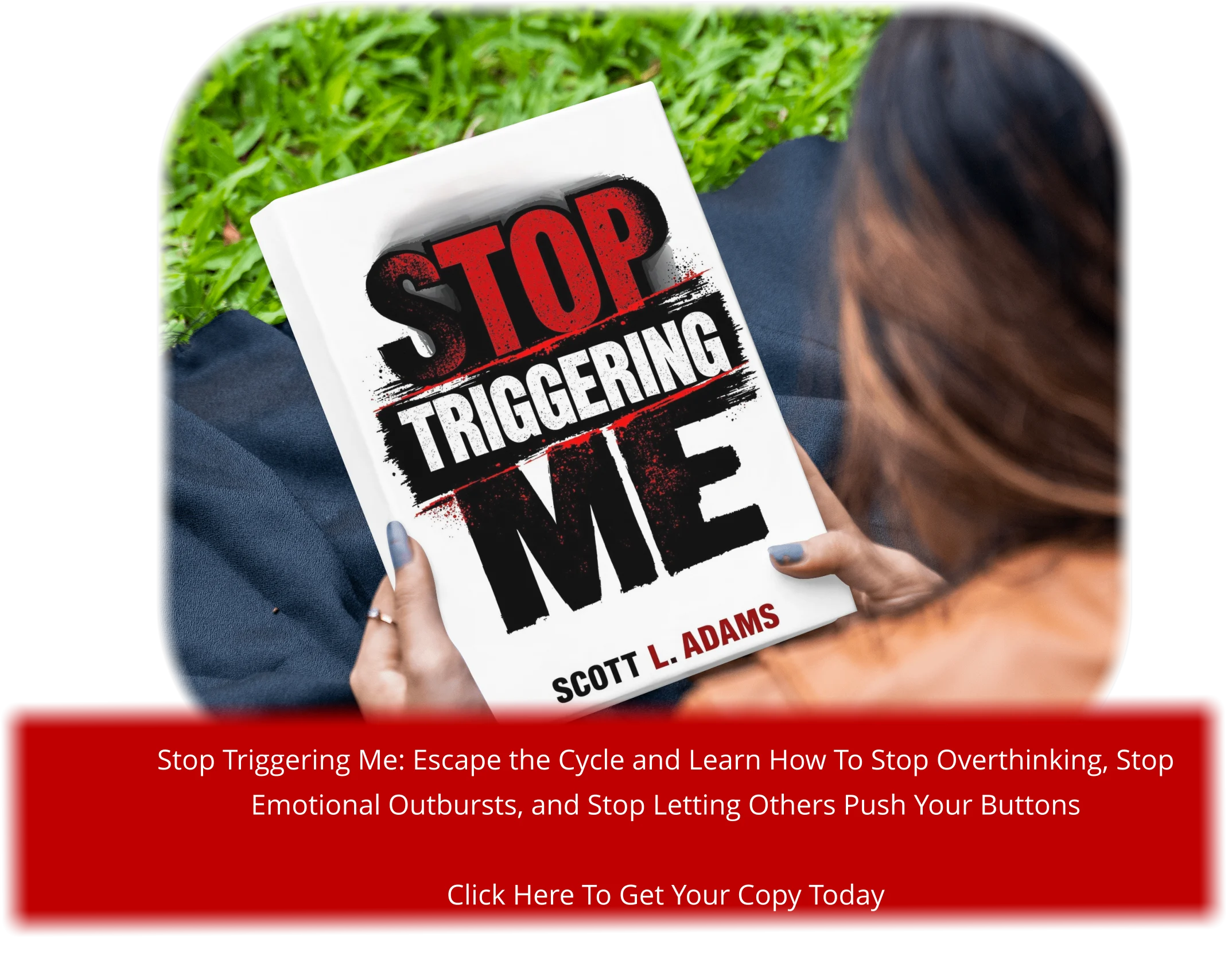Did you know that nearly 30% of men in the UK have tried meditation as a way to manage stress and improve their mental wellbeing? This growing trend highlights a significant shift in how men are approaching their mental health. As someone who has personally benefited from incorporating mindfulness practices into daily life, I’m excited to share practical techniques tailored specifically for men.
Traditional mindfulness approaches often don’t resonate with male audiences, but that’s changing. I’ve found that meditation and mindfulness are powerful tools that can be adapted to fit into a busy man’s life, helping to reduce stress and improve overall health. In this guide, we’ll explore actionable techniques and debunk common misconceptions about mindfulness practices.
Key Takeaways
- Practical mindfulness techniques tailored for men to manage stress and improve mental health.
- The difference between mindfulness and meditation, and how both can benefit men’s wellbeing.
- How to incorporate mindfulness into a busy lifestyle with simple, effective practices.
- Common misconceptions about mindfulness and how to overcome them.
- A no-nonsense approach to mindfulness that delivers results.
Why Men Need Mindfulness in Today’s World
In today’s fast-paced world, men face unique challenges that can impact their mental health. The pressures of modern life can lead to increased stress, anxiety, and emotional turmoil.
The Unique Stressors Men Face
Men often encounter specific stressors that can affect their wellbeing, such as societal expectations to be strong and stoic, pressure to succeed in their careers, and the challenges of balancing work and family life. These stressors can lead to feelings of isolation and disconnection from their emotions.
Mindfulness can help men navigate these challenges by providing a tool to manage stress and cultivate emotional awareness.
Breaking Down Barriers to Mindfulness Practice
One common misconception is that mindfulness is “too feminine” or “not practical enough” for men. However, mindfulness can be approached from a goal-oriented perspective that appeals to men’s problem-solving nature. It can be integrated into activities men already enjoy, such as sports or hobbies, making it more accessible and appealing.
- Mindfulness doesn’t require special equipment or significant time commitments.
- It can enhance performance in areas men value, such as work productivity and athletic performance.
- Mindfulness offers a self-directed approach to wellbeing, helping to reduce the stigma around men seeking mental health support.
By incorporating mindfulness into their daily lives, men can develop greater emotional resilience and improve their overall health.
My Personal Journey with Mindfulness for Men
As I reflect on my journey with mindfulness, I’m struck by how it has reshaped my approach to life’s challenges. Mindfulness has become a crucial part of my daily routine, helping me navigate the stresses of modern life with greater ease.
Overcoming Initial Skepticism
I was initially skeptical about the benefits of meditation and mindfulness practice. However, as I committed to making it a part of my day, I began to notice significant changes. I found that taking a few moments each time I felt stressed to focus on my breath helped calm my mind and regulate my feelings.
The challenges were real, but the benefits soon became apparent. I started to feel more grounded and less reactive to stressful situations.
Experiencing Transformative Benefits
Through consistent meditation practice, I’ve experienced a profound shift in how I manage my thoughts and emotions. Here are some key benefits I’ve noticed:
- Mindfulness has helped me navigate challenging work situations with greater clarity and less reactivity.
- I’ve seen an improvement in my relationships due to my enhanced ability to listen and be present.
- By being more attuned to my body and physical sensations, I’ve become more aware of my overall health.
- Mindfulness has given me the tools to work with difficult thoughts and emotions rather than being controlled by them.
- I’ve developed greater self-compassion and reduced self-criticism through regular mindfulness practice.
By incorporating mindfulness into my daily life, I’ve found a sense of calm and clarity that I hadn’t experienced before. Regular meditation has been instrumental in this journey, providing me with a sense of control and resilience in the face of challenges.
Understanding Mindfulness from a Male Perspective
Mindfulness is often misunderstood as being too “soft” for men, but the science behind it tells a different story. As we explore mindfulness from a male perspective, it’s essential to address the misconceptions and understand the science that makes it effective for men.
Debunking Common Misconceptions
Many men believe that mindfulness is about being passive or weak, but it’s actually about being present and aware in a chaotic world. Some common misconceptions include:
- Mindfulness is only for spiritual or religious people.
- It’s a waste of time for busy men.
- It’s not effective for managing stress and anxiety.
In reality,mindfulness is a practical toolthat can be used by anyone, regardless of their background or lifestyle. By practicing mindfulness, men can develop greater emotional regulation, improved focus, and enhanced overall well-being.
The Science Behind Why It Works for Men
Research has shown thatmindfulness meditationcan have a positive impact on men’s health by reducing stress hormones like cortisol. Studies have demonstrated that regular mindfulness practice can lead to:
- Reduced activity in the amygdala, the part of the brain responsible for stress and anxiety.
- Increased activity in the prefrontal cortex, which is associated with decision-making and emotional regulation.
- Improved sleep quality, a common issue for men under stress.
By understanding the science behind mindfulness, men can appreciate its value in improving their mental and physical health. As I’ve experienced personally, incorporating mindfulness into daily life can have a significant impact on overall well-being.
Quick Mindfulness Techniques for Busy Men
In today’s fast-paced world, men need practical mindfulness techniques that fit into their busy schedules. I’ve found that incorporating mindfulness into daily life can be simpler than it seems, and it starts with small, manageable practices.
The Five Senses Exercise
One effective technique is the Five Senses Exercise, which can be done anywhere, anytime. Take a moment to notice your surroundings using your senses: notice the sounds around you, the sensation of your feet on the ground, the sensation of the air on your skin, the sights that surround you, and any scents or tastes present. This exercise helps ground you in the present moment, reducing stress and improving focus. By dedicating just a minute to this practice, you can reset your mental state.
Mindful Breathing During Commutes
Another technique that fits seamlessly into a busy man’s day is mindful breathing during commutes. Whether you’re driving or on public transportation, you can take a few minutes to focus on your breath. Pay attention to the sensation of the air entering and leaving your nostrils, and try to maintain this focus even as distractions arise. This practice can help you start and end your day on a more centered note, improving your ability to handle the day’s challenges.
Two-Minute Desk Meditation
A straightforward meditation technique that can be done at your desk is to simply sit comfortably, close your eyes, and focus on your breath for two minutes. This can be done before important meetings or after difficult interactions to reset your mental state. Even brief meditation breaks can significantly reduce workplace stress and improve your ability to focus. By incorporating this practice into your daily routine, you’ll likely notice improvements in decision-making and creative problem-solving.
Mindfulness for Men in High-Stress Environments
As a man who’s struggled with stress and anxiety, I’ve found that mindfulness practices can be a game-changer in high-pressure situations. When we’re under a lot of stress, it’s easy to get caught up in anxiety and lose control. However, by incorporating mindfulness into our daily lives, we can learn to manage stress and stay focused.
Techniques for the Workplace
The workplace can be a significant source of stress for many men. To combat this, I’ve found several mindfulness techniques to be particularly effective. For instance, taking short breaks to practice mindful breathing can help reduce stress and increase productivity. Simply focusing on your breath, feeling the sensation of the air entering and leaving your nostrils, can be incredibly calming. You can also try a quick body scan, bringing awareness to any areas of tension or discomfort.
- Take a few deep breaths, focusing on the sensation of the breath
- Notice your surroundings, using your senses to ground yourself in the present moment
- Use a short mindfulness exercise to boost productivity and reduce stress
Mindfulness During Physical Activities
Physical activities like running, weightlifting, or sports can become powerful mindfulness practices when done with awareness. By focusing on the sensations in your body, the rhythm of your breath, and the surroundings, you can turn exercise into a meditation. I’ve found that this approach not only enhances the physical benefits but also provides a mental boost, helping to reduce stress and anxiety.
To incorporate mindfulness into your physical activities, try the following:
- Pay attention to your bodily sensations, noticing areas of tension or relaxation
- Use the rhythm of your breath to guide you, syncing your movements with your inhales and exhales
- Notice your surroundings, taking in the sights, sounds, and smells around you
Building a Sustainable Mindfulness Practice
The real challenge lies not in starting a mindfulness practice, but in maintaining it over time. As someone who has navigated this journey, I can attest that it’s the consistency that brings about lasting change in our daily life.
Creating a Routine That Actually Sticks
To make mindfulness a habit, it’s essential to incorporate it into your daily routine. Start by allocating a specific time each day for mindfulness practice, even if it’s just a few minutes. Consistency is key; for instance, you could practice mindfulness right after waking up or during your lunch break. As you continue, you’ll find that it becomes an integral part of your day, much like brushing your teeth or taking a shower.
As
“The mind is everything; what you think, you become.”
– Buddha’s words resonate deeply with the mindfulness journey, emphasizing the importance of mental discipline.
Using Technology and Apps Effectively
technology can be a powerful ally in maintaining a mindfulness practice. There are numerous apps designed to guide you through meditation and mindfulness exercises. Some popular ones include Headspace and Calm, which offer structured programs that can help you stay on track. When using these tools, it’s crucial to strike a balance between leveraging their benefits and not becoming overly dependent on them.
- Explore various mindfulness apps to find one that suits your style.
- Use reminders to practice mindfulness at the same time each day.
- Gradually transition from guided meditations to self-guided practice as you become more comfortable with the techniques.
Advanced Mindfulness Practices to Develop Mental Resilience
Advanced mindfulness practices offer a powerful way to enhance mental resilience and overall well-being. As we continue on our mindfulness journey, it’s essential to explore techniques that can help us navigate life’s challenges with greater ease and confidence.
Body Scan Meditation for Physical Awareness
Body scan meditation is a powerful technique that helps develop physical awareness and relaxation. By lying down or sitting comfortably, you can bring your attention to different parts of your body, starting from your toes and moving up to the top of your head. This practice helps release physical tension and promotes a sense of calm. Regular body scan meditation can improve your ability to recognize and manage physical sensations, reducing stress and anxiety.
Mindful Emotional Processing
Mindful emotional processing involves acknowledging and accepting your emotions without judgment. By being more aware of your emotional state, you can better understand the underlying causes of your feelings. This practice encourages you to observe your emotions as they arise, allowing you to respond more thoughtfully rather than react impulsively. Through mindful emotional processing, you can develop greater emotional resilience and improve your relationships with others.
Compassion-Focused Techniques
Compassion-focused techniques are designed to cultivate kindness and understanding towards yourself and others. By practicing self-compassion, you can develop a more positive and supportive inner dialogue, which is particularly helpful for individuals struggling with perfectionism and self-criticism. Extending compassion to others can improve your relationships and reduce conflict, creating a more harmonious and supportive social environment. Through compassion-focused mindfulness, you can enhance your leadership abilities and team dynamics, leading to greater overall success.
Conclusion: Integrating Mindfulness into Your Life as a Man
As we conclude our exploration of mindfulness techniques tailored for men, it’s clear that incorporating these practices into daily life can have a profound impact on both mental and physical health. The techniques discussed throughout this article offer a comprehensive approach to managing stress, improving focus, and enhancing overall wellbeing.
Mindfulness isn’t about achieving perfection; it’s about consistent practice and gradual improvement over time. Even a few minutes of daily meditation or mindfulness exercises can yield significant benefits. I encourage you to experiment with different techniques to find what works best for your unique situation and preferences.
As someone who has incorporated mindfulness into my daily routine, I can attest to its transformative power. It has become not just a practice but a way of living that enhances every aspect of my life. I urge you to commit to trying just one technique from this article for a week and notice the effects. Take the first step towards a more mindful, balanced you.









